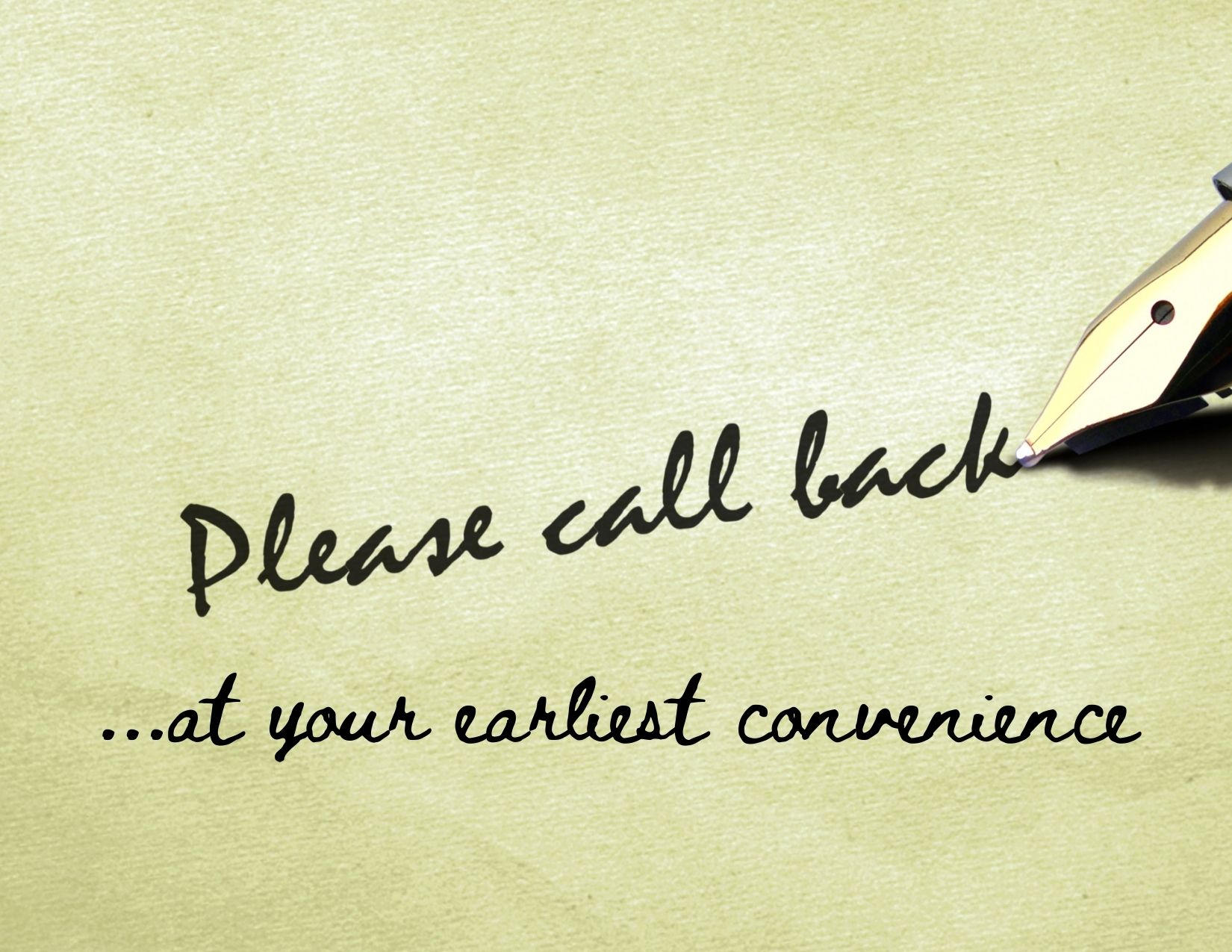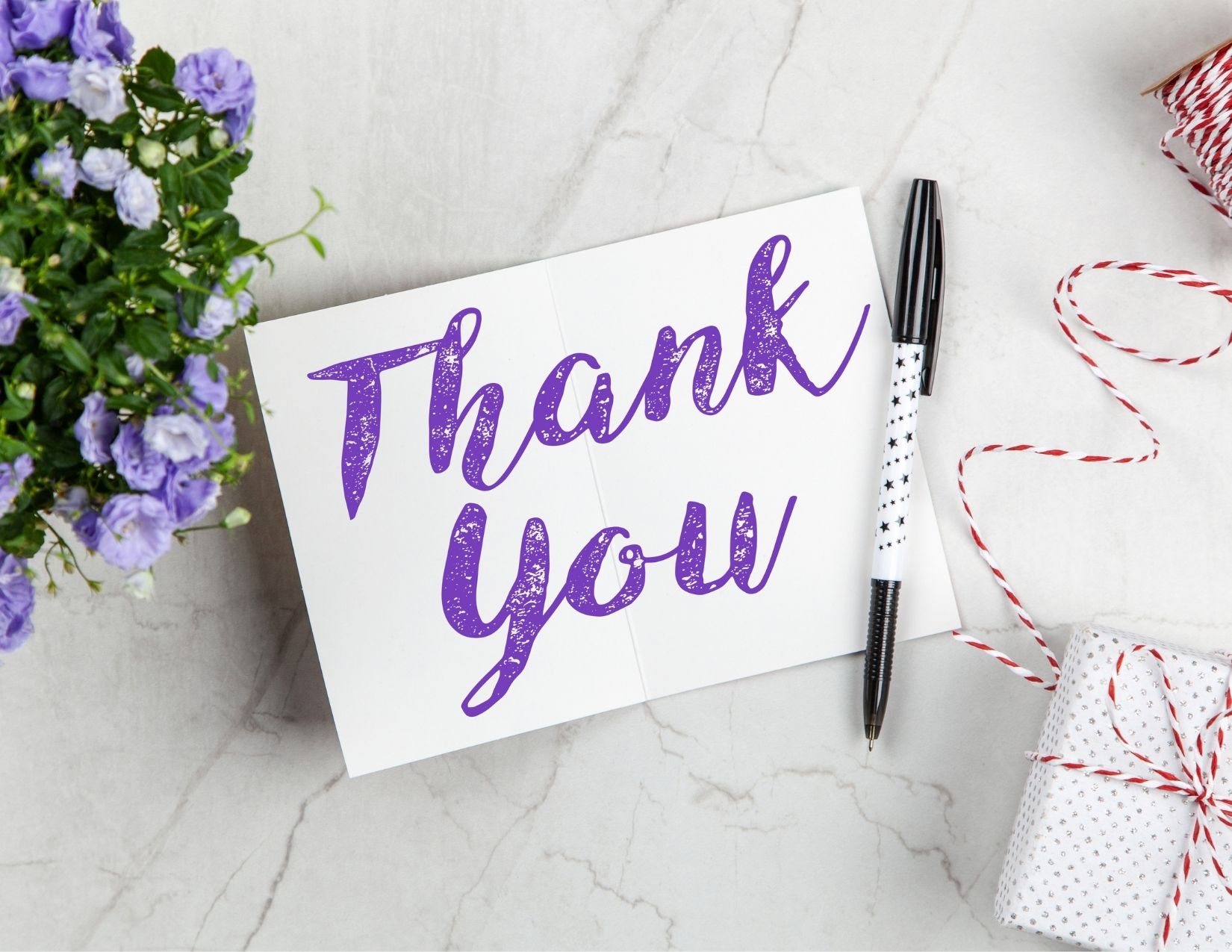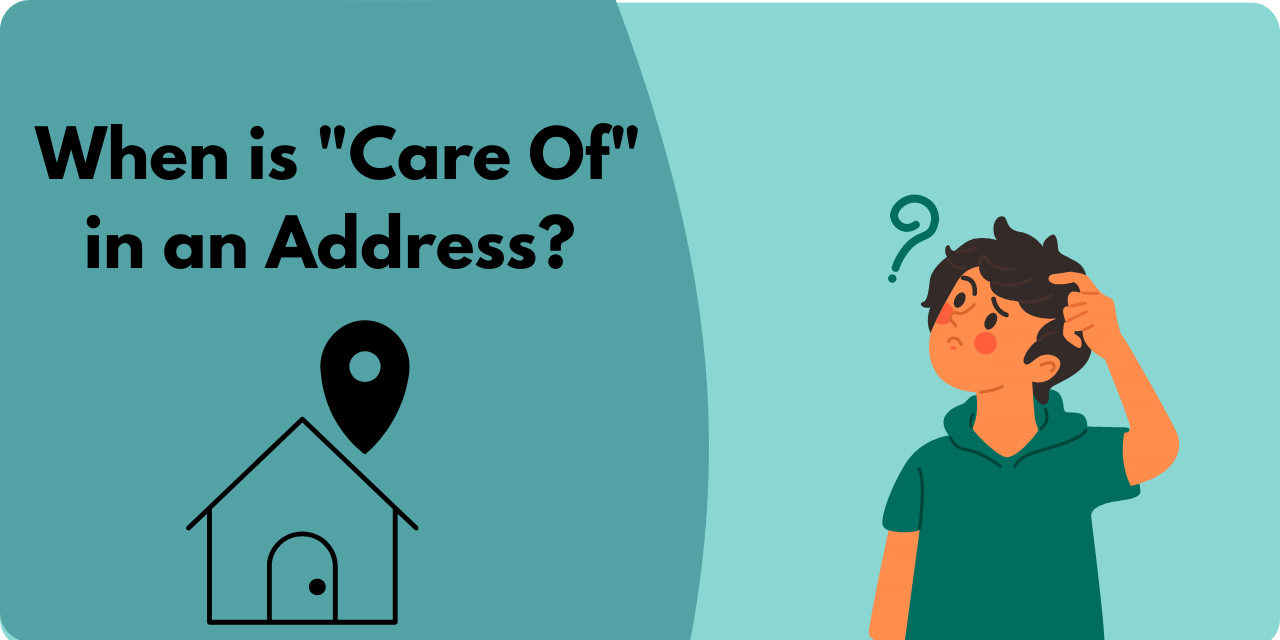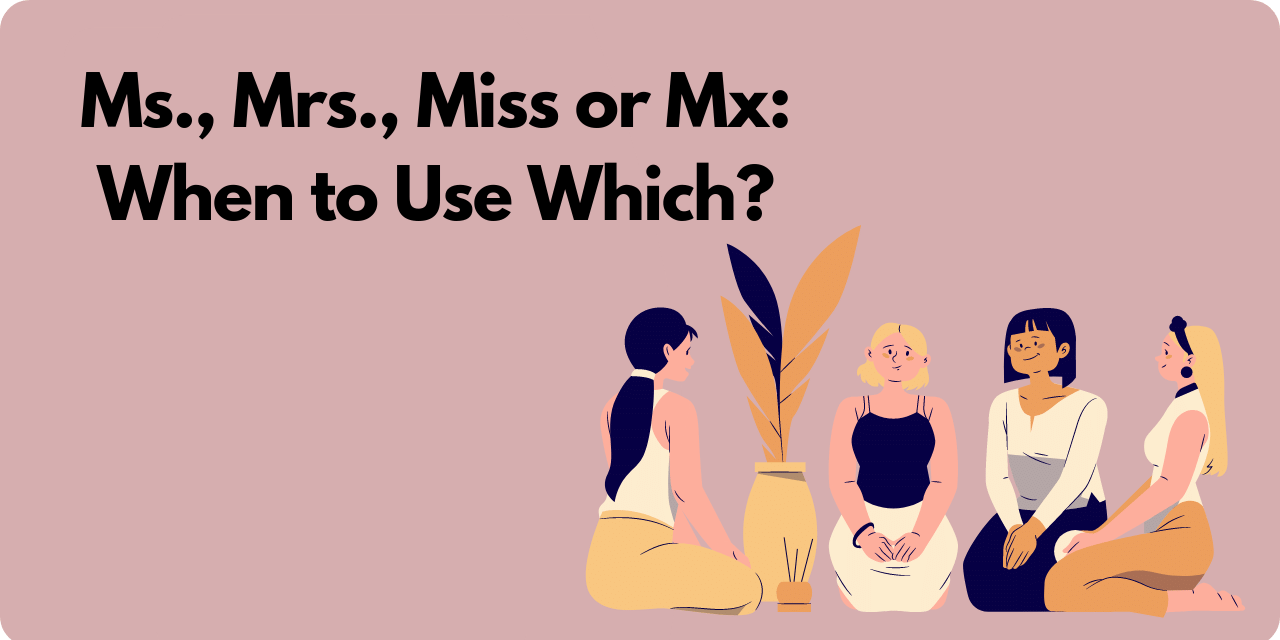No one likes making a mistake. It can be frustrating, demoralizing, and even embarrassing when you need to apologize. And sometimes, saying “Sorry” just doesn’t feel like it hits the right mark. If you need a new way to apologize, try on one of these new phrases for size and see if you can add another way to say “sorry” to your repertoire!
1. Beg Your Pardon, Pardon Me, Pardon
“Pardon” is a great option because it’s flexible: it works just as well in a formal setting as it does in an informal setting. Whether you’re apologizing for misreading an email from a co-worker or for bumping into someone on the subway, a simple “pardon” can go a long way in smoothing things over.
EXAMPLE: Pardon me; I must have been reading too quickly and missed that nuance.
EXAMPLE: Pardon; I didn’t see you there.
2. My Apologies, Apologies
“My apologies” or “Apologies” is most often used in a professional or business setting (think customer service, emails, etc.). It’s a bit formal, but if you’re in an office or apologizing to a co-worker, a little bit of formality is what you want. Alternatively, you might also be familiar with “Apologies” when declining an invitation or expressing regret that you are busy, behind schedule, or otherwise unable to fulfill a need.
EXAMPLE: My apologies; unfortunately, I will be in another meeting during that time.
EXAMPLE: Apologies; I am running behind by about 10 minutes.
3. Forgive Me
You don’t always need to say “Sorry” to express regret. “Forgive me” is a great way to apologize and ask the other party for their understanding and forgiveness. Even better, it works just as well in a group of friends as it does with a boss, colleague, professor, or in another professional setting – so it’s a good phrase to keep handy for times when you’ve made a mistake and want to own up quickly.
EXAMPLE: Forgive me for forgetting your birthday. It won’t happen again!
EXAMPLE: Forgive me; I’m not sure I understand the question/assignment/request.
4. Excuse Me
Being interrupted in a conversation is frustrating – and if you find yourself becoming the interrupter, you can smooth things over by using “Excuse me.” Of course, this doesn’t give you free rein to interrupt whenever you want! Use “Excuse me” sparingly (just as you would only interrupt someone when urgent or absolutely necessary). If you’re a frequent traveler, “Excuse me” can also be an excellent way to cover your tracks if you’ve inadvertently made a social faux pas.
EXAMPLE: Excuse me; I think you might have forgotten one of the agenda items we discussed last week.
EXAMPLE: Excuse me; I did not know that formal wear was required when visiting a church.
5. Mea culpa
“Mea culpa” is Latin for “through my fault.” While not often used in casual speech, you may find “mea culpa” in professional writing or more formal settings, such as a newspaper article or a business email. “Mea culpa” can help express regret or apology for misquoting someone or unintentionally providing misinformation.
EXAMPLE: With a healthy dose of mea culpa, I’d love to have an additional day added to the deadline.
EXAMPLE: The newspaper issued a mea culpa statement after misquoting the governor.
6. Whoops/Oops
Using “whoops” or “my bad” is best for informal settings and usually as a quick apology for a minor mistake. For example, if you accidentally bumped someone’s elbow while waiting in line at the grocery store, “oops” gives a friendly and quick apology. Of course, if you’ve just shattered your grandmother’s favorite lamp, “whoops” isn’t going to cut it – while it is an apology, it’s much more informal. It could be misinterpreted as being careless or sarcastic in more severe situations.
EXAMPLE: Oops, I forgot to refill the toilet paper.
EXAMPLE: Whoops – I didn’t mean to bump into you.
Everyone makes mistakes – after all, no one is perfect! Now that you have a few new options for saying “sorry,” you’ve got everything you need to apologize, keep the peace, and maybe even get a smile of forgiveness in return.
The next time you need to apologize, you will have another way to say “sorry” in your writing toolbox!
Related: “I Apologize”–How to Say It






